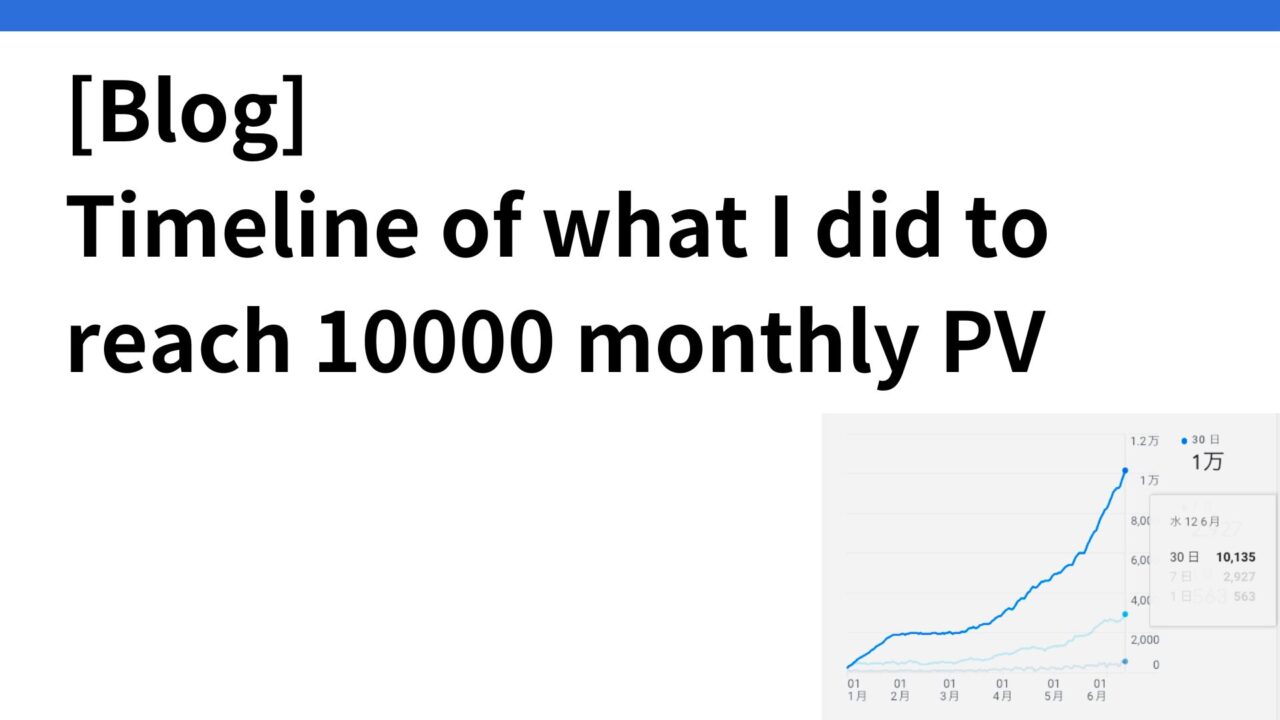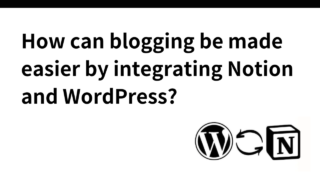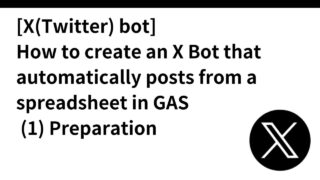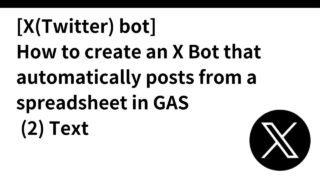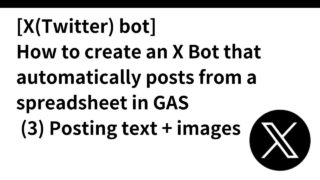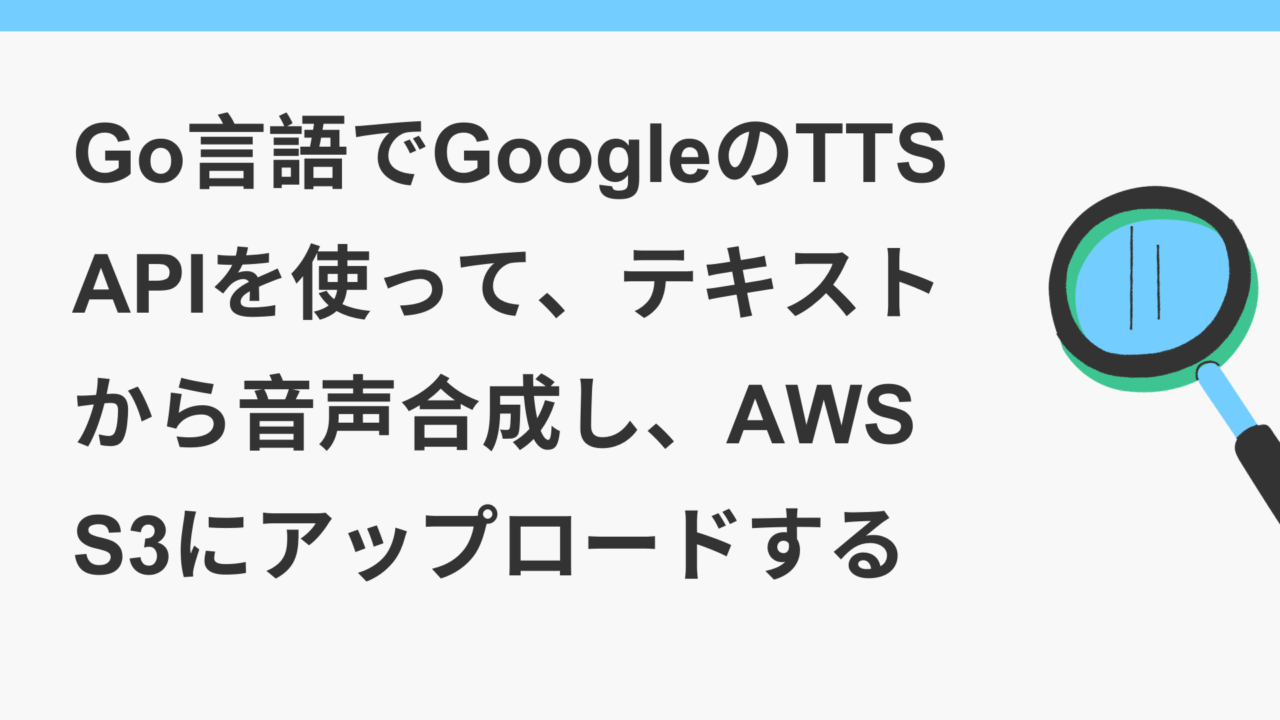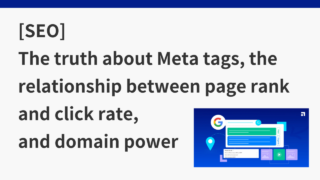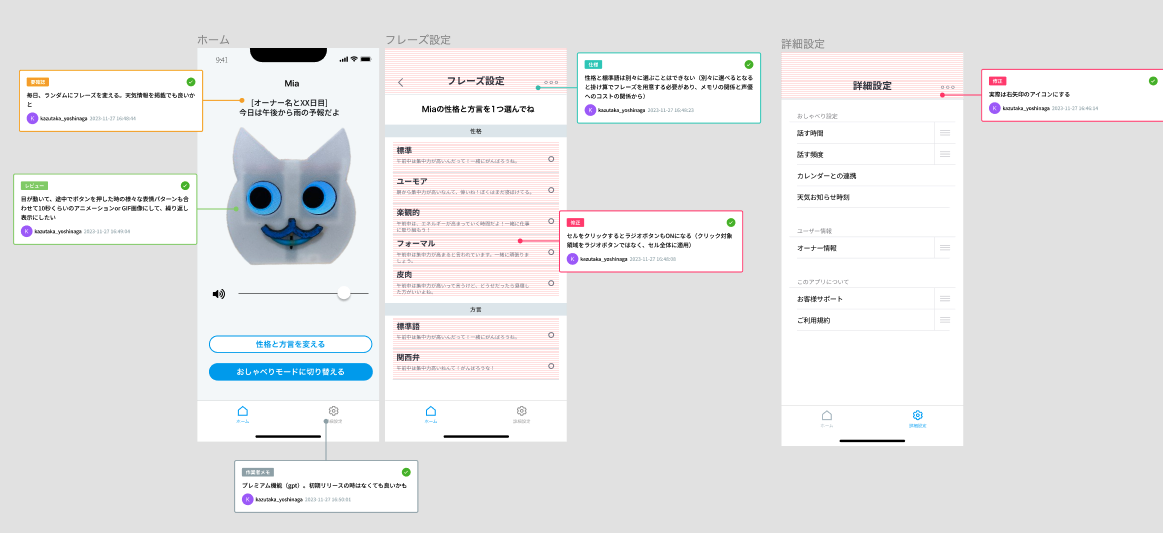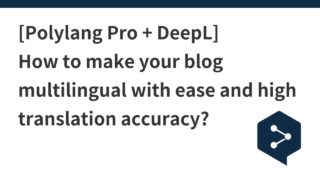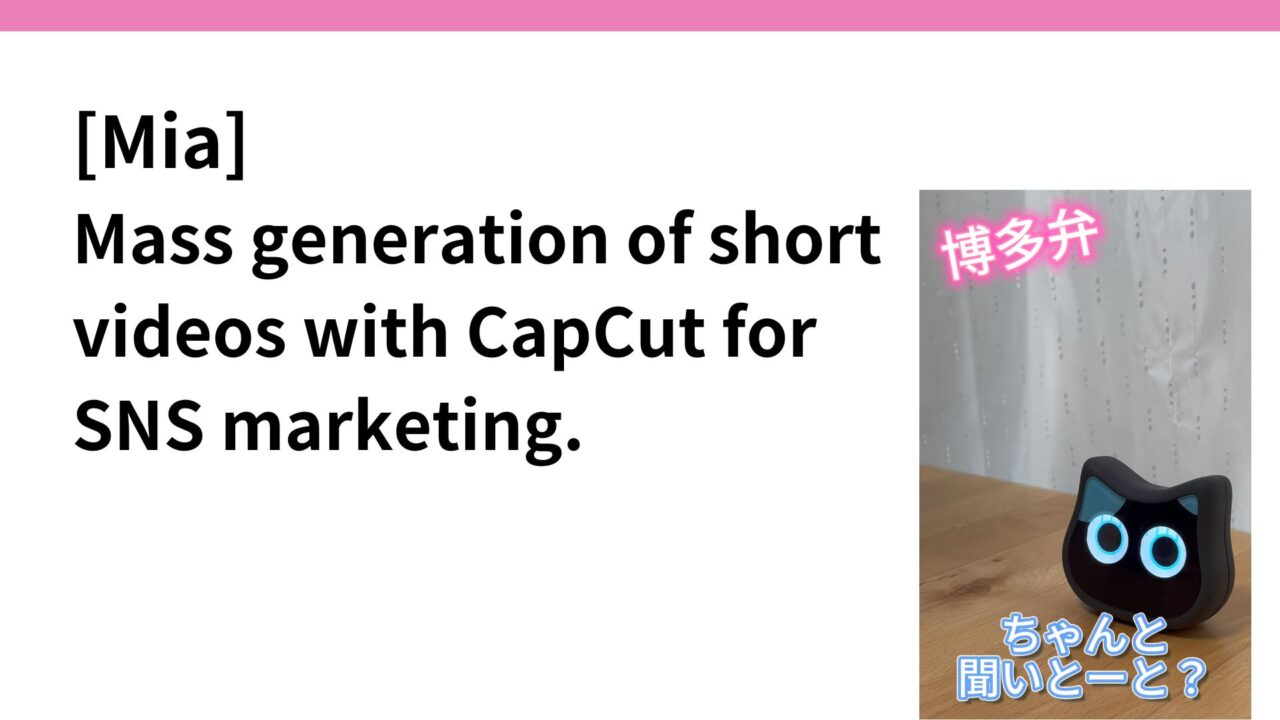Introduction.
On June 12, 2024, after 10 months of blogging, the monthly PV finally exceeded 10,000.
In this issue, we look back and describe a memorandum of what we did to achieve a monthly PV of 10,000.
Incidentally, there seems to be a blogger ranking chart for each PV, and those with more than 10,000 pv per month are the third “Novice” from the bottom, so I feel like I’m finally getting out of the beginner’s level and into the ring.
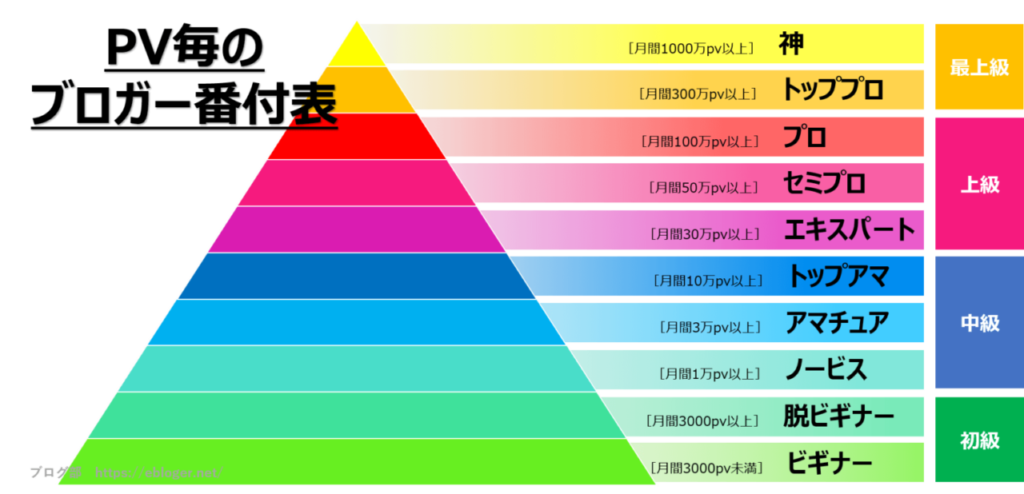
Various data: Number of users, number of articles
First, the blog itself took less than 10 months to reach 10,000 monthly PV since it was launched in August 2023.
By the way, here is the number of users.
The monthly PV was flat at 2,000 from the end of January to the middle of March, but it started to grow again after that.

The total number of articles posted is 240.
There are articles posted before the blog was established in August 2023, but this is because we have transplanted articles that were previously listed in NOTE.
He started writing articles in earnest and consistently in about November 2023.
In May 2024, he was crazy, with 47 articles in a month, or more than 1.5 articles per day.
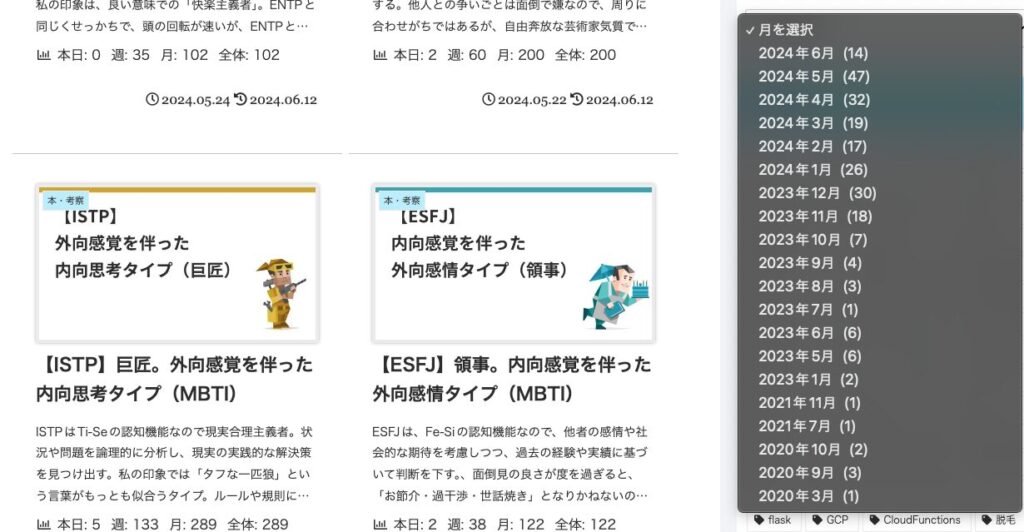
The performance of the search results from the search console is shown below.
It is good that the total number of clicks is increasing steadily along with the increase in the number of impressions.

However, when we overlay the average CTR on this, we see a slight drop. The average listing position has remained the same.

This blog is not a specialized blog, but rather a miscellaneous blog that describes my areas of interest (entrepreneurship, development, marketing, psychological functions, reading, etc.) in a May rain-like fashion, so there is an assumption that it is difficult to increase PV numbers in this regard. Also, since blogging is not my main business, it is more of a memorandum for myself.
Essentially, if you want to maximize PV and revenue, it is efficient to specialize in a field you are good at (hardware for hardware, marketing for marketing, stock investment for stock investment, etc.) and post articles by working backward from keywords with high search volume.
Up to PV2000 (January 2024)
Typing a blog posting method
First, he sought to determine how to make blogging a habit, how to find material on a constant basis, how to have a bitter story each day, and how to streamline the process of posting.
First of all, as for finding a topic, fortunately? Fortunately, there were already records of the development of a cat-shaped robot under development and current events that I wanted to write about, so there were no interruptions in my search.
As for how to describe the blog efficiently, linking Notion and WordPress has made it easier, as blog posts can be stored in Notion.
In the beginning, it took me about an hour to describe 3,000 words, but once I got used to it, I could write it in about 30 minutes.
Mold and automate marketing on various social networking sites.
After posting the blog, I needed to let people know about it, so I decided to do a series of posts on my social networking sites (Facebook, LinkedIn, X, note).
The following.
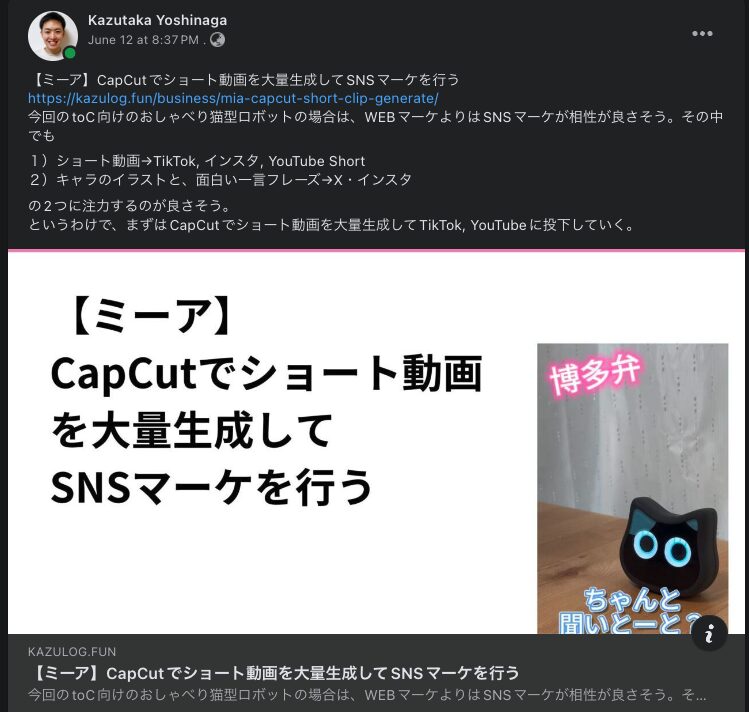

Note

X(Twitter)

Note cut out the first 1000-2000 words or so of the blog post and post it, stating that the rest of the article can be found here, and directing the reader to the blog.
Also, as for X, I was initially posting manually, but by incorporating the posting into the bot
- Post regularly, even while I’m sleeping.
- Past articles are also posted regularly.
The company made it so that
The following 3-step article describes how to create an X Bot that automatically posts from a spreadsheet to X using GAS.
So, when I write a new blog post, I go through a series of steps until I have about 5-10 spreadsheets of content for X posts, with about 150 words cut out for X Bot posts.

About 15 minutes for posting to the above social networking sites and describing X Bot content.
So, I spend about 45-60 minutes per day per blog, including writing, posting, and sharing. By the way, I am not conscious of the posting time of my blog, and I try to post as I write when I feel like writing. I really think it would be better to optimize even the posting time, but it is not my main job and I think it would be disadvantageous not to be single-tasked, so I try to post and share on the spot.
PV around 4000 (April 2024)
Revise the title (move important keywords to the left)
As for titles, I have been using titles that appeal to me, rather than ones that are completely tailored to the needs of the user, but I have improved the titles.
For example, in the case of the title below, the article is about the development of “Mia,” a talking cat-shaped robot, but the user needs are “Mia? What is that? I don’t know what it is.” Therefore, we changed the title to a more generic one that introduces the functions of the robot.
Before: [Mia] Using Google’s Cloud TTS API in Go language to synthesize speech from text and upload to AWS S3.
↓arrow (mark or symbol)
After: [Text-to-Speech × Go] Text-to-speech and upload to AWS S3
Perform a Google search using keywords that users are likely to search for when making the above title changes (e.g., “Golang Google voice synthesis” for this article).
Then, the following eight searches were displayed as highly relevant searches: it would be better to list the title as text-to-speech instead of TTS, keywords such as ai would also be good, and so on.
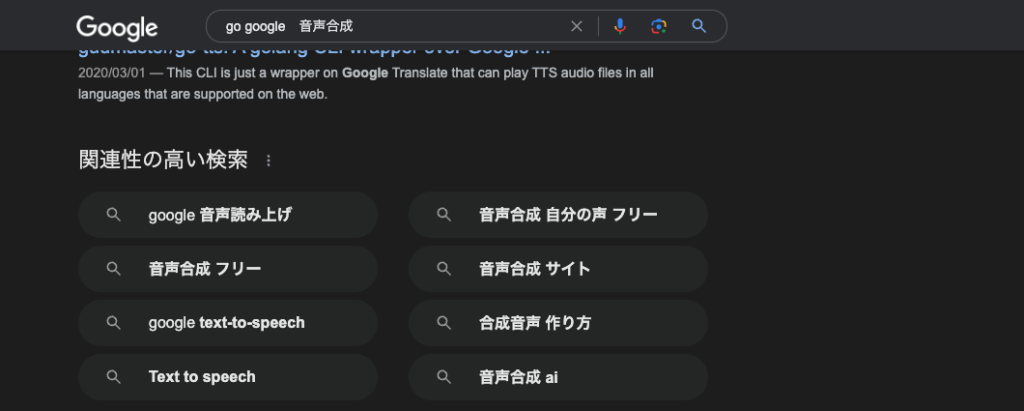
For development-related articles, the content of [ ] was changed to programming language.
Regarding the importance of titles in SEO and the key points to keep in mind, this article describes the importance of titles in SEO.
Provide internal links.
Until then, I just created and posted blog articles and that was the end of it. However, when the PV exceeded 4,000, I started to actively post internal links within the articles, as shown below.
All past articles were also reviewed and internal links were placed in the article if they seemed relevant. The same is true for this article.

PV around 6000 (mid-May 2024)
MBTI-related articles listed
Initially, most of the inflow came from social networking shares, but as the number of PVs increased, organic inflow gradually increased.
Also, basically, the number of visitors tended to drop on Fridays, Saturdays, and Sundays, and the number of organic visitors tended to rise on other weekdays. This is probably due to the fact that many people are searching for information while at work since many of the articles on my blog were how-to or development-related.
For example, this article on Figma is the most frequently viewed, but it is also a how-to type of article, so it is hard to assume that people will search and view the article on their weekends and holidays.
On the other hand, there were a certain number of accesses on Saturdays and Sundays for articles that were simply reading impressions or MBTI-related articles, so we decided that it would be better to separate the accesses for weekdays and for Saturdays and Sundays.
Originally, I was interested in MBTI and thought it would be a good match with NOTE (there are a certain number of people writing MBTI-related articles on NOTE, so it would be a good call to cut out some of the blog posts on NOTE), so I described all 16 patterns of MBTI articles, although it was a bit difficult.

The MBTI articles were also good for leverage, as it was easy to link internally to each MBTI by including explanatory articles for each MBTI (since one MBTI’s weak points could be another MBTI’s strong points).
The right side of the chart below shows the monthly access to NOTE. As expected, MBTI-related articles received a good response, and the hypothesis that people would want to read about their MBTI type was correct.


I was originally interested in the MBTI, but I had basically only read articles on my own MBTI and a couple of other MBTIs that I was interested in. It was also good that I could learn more about other MBTI types by reading Jung’s “Type Theory” and “An Introduction to the MBTI”.
Writing the MBTI article reduced the decline in the number of organic cases on Saturdays and Sundays, and accelerated the growth of PV numbers.
PV around 9000 (early June 2024)
Polylang Pro + Multilingualization in full swing with DeepL
Since development-related articles in particular are universal, we considered making them available in multiple languages based on the hypothesis that the number of impressions would increase if they were translated into English.
Nevertheless, we researched several methods on how to make multilingualization easier and with higher translation accuracy and finally settled on Polylang Pro + DeepL.
Now, including past Japanese articles, I am converting them to English at DeepL in about 3 minutes per article, and I am applying for index registration to Google for about 10 articles per day (about 30 minutes of work.) It will take a little more time since I haven’t seen much effect yet in terms of PV numbers.
Change blog post tweets to time-tree format
We are still testing this one, but also added posting tweets from the blog in a time-tree format.
I often see posts on X that post a series of excerpts in a time-tree format when posting newsletter-type articles, and then direct the reader to the newsletter subs at the end with the rest of the article here.
I haven’t made that many consecutive tweets yet, so I can’t say how effective it is.
What we will do in the future
I would like to verify the posting of excerpts on Medium (the English version of Note) because I would like to expand the English articles.
The rest is to continue posting blogs as before.
I can’t remember why it started to rise again after being in a steady state at 2,000 PV, which is the most important point. I remember thinking, “Well, it’s a blog about miscellaneous things, so that’s what it’s like.
Still, I posted blog posts consistently, and after about a month and a half, it began to grow again, and I thought to myself, “Oh? Has it started growing again? Why?” I remember thinking, “Why? I can’t remember if it was just the number of posts or if there were other triggering factors. Well, I guess continuity is important.
